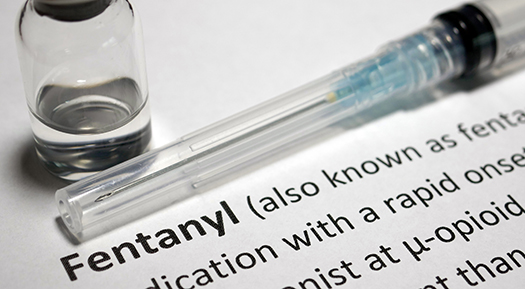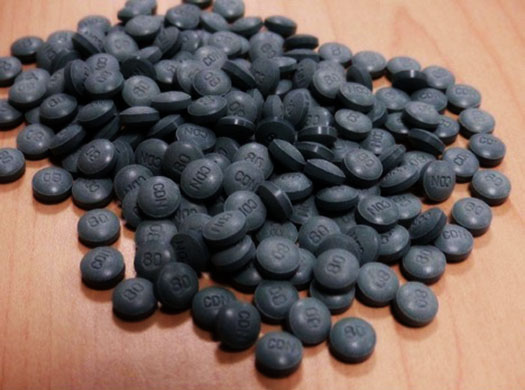Fentanyl Addiction
Individuals battling Fentanyl addiction can seek evidence-based treatment options at Sobriety.ca Foundation. Here, the patients voice is taken seriously and we involve them in the shared decision-making process towards a Fentanyl-free life.
Fentanyl – What is it?
Fentanyl is a narcotic that has originated from clinical settings (e.g., hospital). Typically, it was used for both its analgesic and anesthetic properties during intense surgeries due to its potency- which is greater than that of morphine. This drug is typically administered through a lozenge or patch when a medical professional prescribes it. Outside of the clinical setting, it is often used as an adjunctive to other drugs. Reports reveal that there is a significant increase in the amount of this drug present in other drugs on the streets.

How does Fentanyl Addiction Look?
Individuals with a Fentanyl addiction typically have a pre-existing opioid addiction. Generally speaking, individuals knowingly take the drug to compensate for tolerance to other less potent opioids. Alternatively, Fentanyl may be cut into other drugs, and users may consume it unknowingly. Unfortunately, addiction during first-time use is rare because most individuals without any previous opioid use result in an overdose.
Individuals who are addicted to this drug may experience irritation, diarrhea, stomach pains, nausea/vomiting, insomnia, fatigue, hyperthermia, muscle spasms and bone pain during withdrawal. These effects are intense and cause individuals to continue to seek out the drug to get rid of them. Oftentimes, the drug seeking behaviour is risky and can place the individual in dangerous situations. Symptoms of withdrawal can occur in as little as 12 hours, and continually progress until they eventually get better. This is why abstaining from this drug is difficult for users. Generally, it takes about a month for individuals to begin to feel normal again.

Effects of Fentanyl Use
- Euphoria
- Drowsiness
- Confusion
- Nausea
- Vomiting
- Tolerance
- Analgesia
- Psychological dependence
- Physical dependence
Pharmacology – How does it work?
The mechanisms by which this drug works are similar to other opioids. The main difference is its potency. It requires less to produce the same effect as other opioids. Like Morphine, Fentanyl has antagonistic effects at the Mu receptor since it is structurally similar to naturally occurring opioids in the body. This drug effects both the Mu1 and Mu2 receptors. The former is involved in the analgesic effects of the drug where the latter often sedates users, makes them ill, causes anorexia or conversely, produces euphoria. These receptors are thought to be the ones involved in physical dependence.